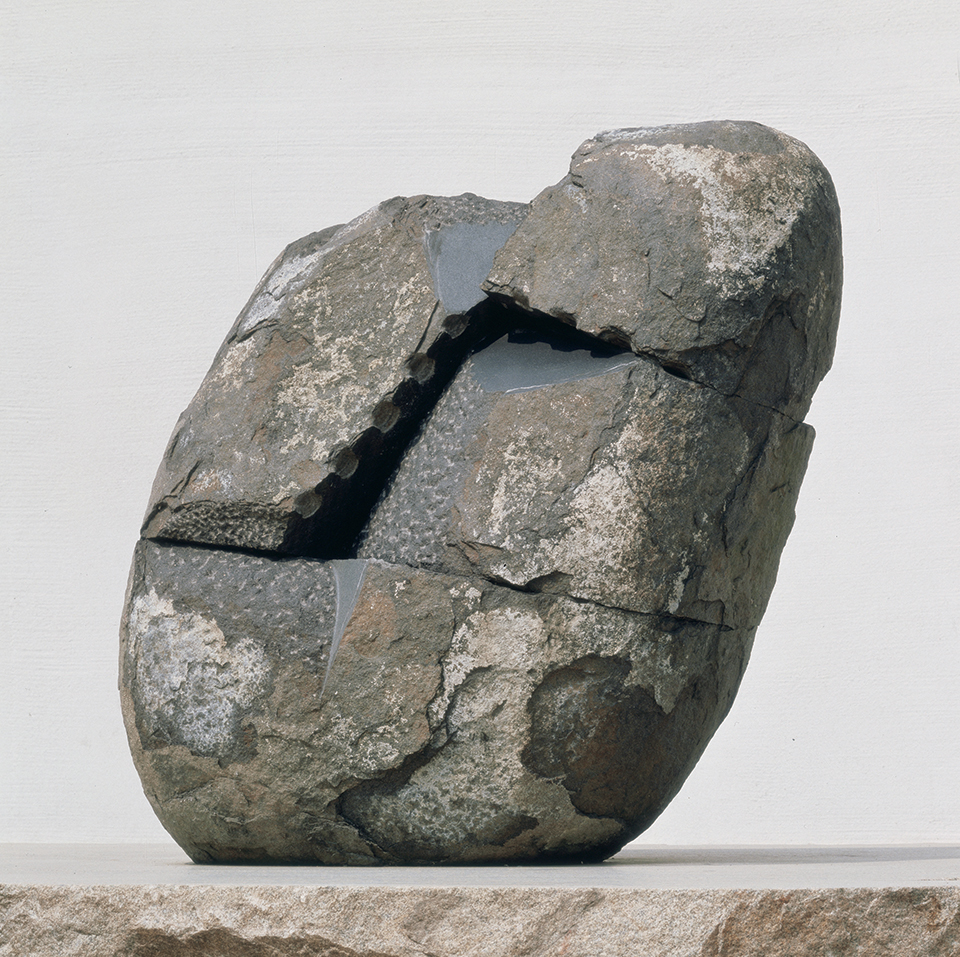イントロダクション
Introduction
Isamu Noguchi (1904-88) was the son of an American mother and a Japanese father, the poet Yone Noguchi (1875-1947). His life was a story of crossing between cultures, and he became a giant as both artist and designer, outstanding in a wide range of areas. In addition to sculpture, he made a name for himself through his work in stage design, furniture, design of the Akari series of light sculptures, ceramic art, gardens, and landscape design. This exhibition focuses on the physicality, the sense of the body, that always influenced his work, even his abstract sculpture, and on the way that his awareness of physicality turned his interest towards the human environment, including play equipment and landscape works, engendering his growing fascination with gardens, which he called the “sculpturing of space”. A large variety of his works is presented, from the figurative drawings executed in brush and ink in Beijing by the young Noguchi, the stage sets for the pioneer of modern dance, Martha Graham, the ceramic works and Akari light sculpture designs that he produced in Japan, and landscapes and gardens such as the Sunken Garden for Chase Manhattan Bank Plaza (1961-64) communicated through models, other documentary materials and videos, to the austere stone sculptures of his later years. Through this variety, the exhibition attempts to put together a full picture of his efforts to fuse disparate cultures and to unite daily living and the environment.
-

Isamu Noguchi, Study for Slide Mantra,
c. 1966-88, Plaster,
The Isamu Noguchi Foundation and Garden Museum, New York (Whereabouts: The Isamu Noguchi Foundation of Japan)
©The Isamu Noguchi Foundation and Garden Museum, New York / Artist Rights Society [ARS] – JASPAR. -

Isamu Noguchi, Untitled,
1987, Indian granite,
The Isamu Noguchi Foundation and Garden Museum, New York (Whereabouts: The Isamu Noguchi Foundation of Japan)
©The Isamu Noguchi Foundation and Garden Museum, New York / Artist Rights Society [ARS] - JASPAR.
Photo by Akira Takahashi.




